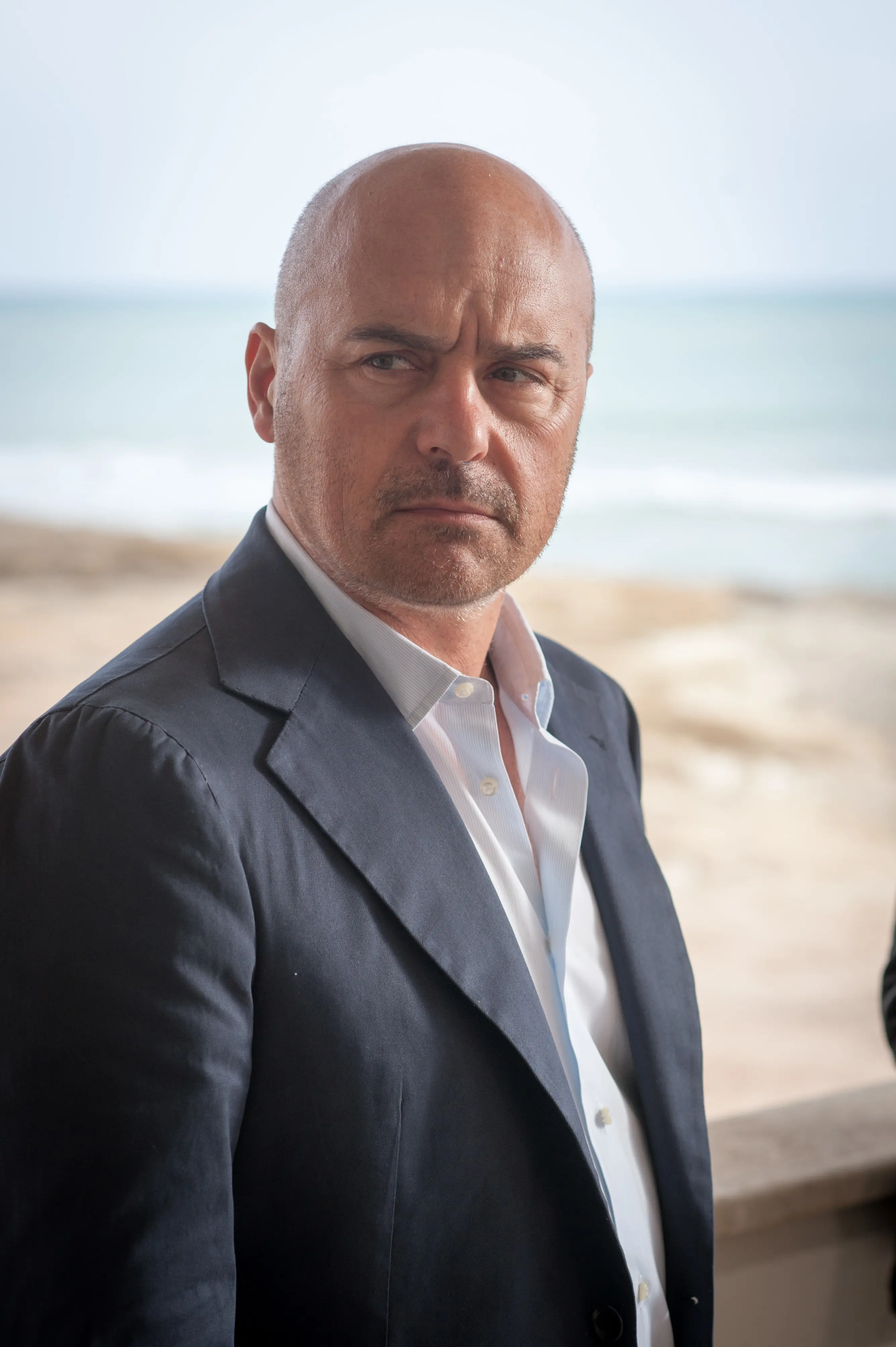

The Montalbano books are strewn with references to the barren rural landscapes and the ever-present sea, along with Sicilian inhabitants and food and wine, to the extent that the television production simply had be filmed in Sicily.
The list of locations is full of Baroque gems: from Ibla to Scicli, Sampieri (just to the east, on the cliffs of Pisciotto, sits the Penna furnace, referred to as the Mànnara in the film), Donnalucata, Monte Crasto and Donnafugata Castle (the sumptuous home of mafia boss Balduccio Sinagra), along with Modica, Marina di Ragusa, Comiso, Vittoria, Scoglitti, Brucoli, Noto, Scopello, and other places in south-east Sicily.
Nonetheless, some places are of special significance to fans of the inspector.
It’s early morning on a day like any other in the Montalbano house. The phone rings: it’s Catarella calling to report the murder of the day. There’s no time for a swim, but a coffee on the terrace overlooking the beach of Marinella is a must. Marinella is actually Punta Secca in real life, located in the town of Santa Croce Camerina, and Montalbano’s house is now a B&B bearing the name of the famous inspector.
The shots of Vigata, Porto Empedocle in real life, were actually filmed in several places. The police station is part of the town hall of Scicli, a UNESCO World Heritage Site, in an early 20th century building built on the site of a Benedictine monastery, and the mayor’s office hosts the office of police commissioner Bonetti Alderighi, which can be visited at certain times. Meanwhile in Piazza Italia, nestled between Palazzo Penna and Palazzo Iacono, are the police headquarters of Montelusa. But shots of Vigata were also filmed in Ragusa Ibla, another UNESCO World Heritage Site, which, like Scicli, was rebuilt in the Baroque style after the earthquake of 1693. In the town, a maze of alleys, steps and squares that are home to 42 churches, we often see the inspector crossing Piazza Duomo, with the steps of San Giorgio in the background, to reach the bar of Vigata.
The Montalbano books are strewn with references to the barren rural landscapes and the ever-present sea, along with Sicilian inhabitants and food and wine, to the extent that the television production simply had be filmed in Sicily.
The list of locations is full of Baroque gems: from Ibla to Scicli, Sampieri (just to the east, on the cliffs of Pisciotto, sits the Penna furnace, referred to as the Mànnara in the film), Donnalucata, Monte Crasto and Donnafugata Castle (the sumptuous home of mafia boss Balduccio Sinagra), along with Modica, Marina di Ragusa, Comiso, Vittoria, Scoglitti, Brucoli, Noto, Scopello, and other places in south-east Sicily.
Nonetheless, some places are of special significance to fans of the inspector.
It’s early morning on a day like any other in the Montalbano house. The phone rings: it’s Catarella calling to report the murder of the day. There’s no time for a swim, but a coffee on the terrace overlooking the beach of Marinella is a must. Marinella is actually Punta Secca in real life, located in the town of Santa Croce Camerina, and Montalbano’s house is now a B&B bearing the name of the famous inspector.
The shots of Vigata, Porto Empedocle in real life, were actually filmed in several places. The police station is part of the town hall of Scicli, a UNESCO World Heritage Site, in an early 20th century building built on the site of a Benedictine monastery, and the mayor’s office hosts the office of police commissioner Bonetti Alderighi, which can be visited at certain times. Meanwhile in Piazza Italia, nestled between Palazzo Penna and Palazzo Iacono, are the police headquarters of Montelusa. But shots of Vigata were also filmed in Ragusa Ibla, another UNESCO World Heritage Site, which, like Scicli, was rebuilt in the Baroque style after the earthquake of 1693. In the town, a maze of alleys, steps and squares that are home to 42 churches, we often see the inspector crossing Piazza Duomo, with the steps of San Giorgio in the background, to reach the bar of Vigata.
An expression of Sicilian history and culture, the cuisine in Montalbano is another element that carries the stories. The list of culinary weaknesses of the inspector deserves its own film: at home by the hand of his cook Adelina or in the restaurants San Calogero and da Enzo, Montalbano is seduced by a whole host of dishes. From the famous arancini that lend their name to the title of one of the books, to pasta ‘ncasciata, fried red mullet, seafood, purpiteddri, caponata, aubergine parmigiana and roasted peppers, aged caciocavallo cheese, passuluna e aulive, and much more, with, dulcis in fundo, trays full of Sicilian cannoli that the inspector uses as bartering material to speed up Dr. Pasquano’s autopsies.

Born from the pen of Andrea Camilleri, Salvo Montalbano is the chief of police in the fictional town of Vigata in the province of Montelusa, who, with his colleagues (including deputy chief of police “Mimì Augello, inspector Fazio, and agent Catarella) investigates crimes and misdemeanours that threaten the local area.